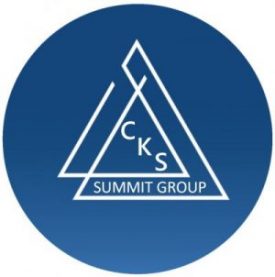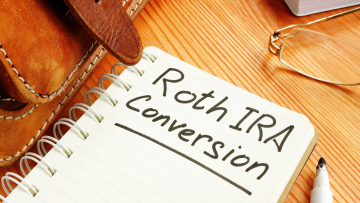Being self-employed gives you a certain measure of freedom, but it doesn’t mean you can skip out on carefully planning and saving for retirement.
While self-employed individuals have the autonomy to choose when, where and how they work, they also have to take the initiative to plan for their own retirement. Entrepreneurs have several options to save for retirement, some of which qualify for tax benefits. When you’re ready to start your retirement journey, consider these following retirement options available.
SEP IRA
The SEP IRA, which is short for “simplified employee pension” comes with some good financial benefits.
The reason many small business owners and self-employed workers find SEP IRAs appealing is that the limits on contributions are quite high. Employers can contribute up to a quarter of employees’ wages, with maximum contributions of $55,000 for 2018 and $56,000 for 2019. That’s much larger than alternatives such as SIMPLE IRAs and ordinary individual retirement accounts, and for high-income individuals, it makes it hard to match what SEP IRAs can allow.
Any business owner with one or more employees, or anyone with freelance income, can open a SEP IRA. Contributions, which are tax-deductible for the business or individual, go into a traditional IRA held in the employee’s name. Employees of the business cannot contribute – the employer does. Like a traditional IRA, the money in a SEP IRA is not taxable until withdrawal.
Solo 401(k)
The Solo 401(k) is an individual 401(k) designed for a business owner with no employees. In fact, IRS rules say you can’t contribute to a Solo 401(k) if you have employees, though you can use the plan to cover both you and your spouse. The total solo 401(k) contribution limit is up to $56,000 in 2019. There is a catch-up contribution of an extra $6,000 for those 50 or older.
This plan, which the IRS calls a “one-participant 401(k),” is particularly attractive for those who can and want to save a great deal of money for retirement or those who want to save a lot in some years — say, when business is flush — and less in others.
Traditional or Roth IRA
Self-employed investors may use a Roth IRA to help fund part of their retirement. The only eligibility requirements for contributing to a Roth IRA are that you (and/or your spouse) have “earned” income such as wages (vs. “unearned” income such as investment income); your contributions cannot exceed the amount of your modified adjusted gross income; and you must meet certain income and contribution limits.
With traditional IRAs, contributions are generally tax deductible and not subject to income tax until withdrawn. On the contrary, the Roth IRA allows you to put money in post-tax, making withdrawals in retirement tax free. This individual retirement arrangement offers several powerful tax benefits that make it a no-brainer for many retirement savers. To start, you can contribute up to $6,000 per year in 2019 to a Roth — plus an extra $1,000 if you’re 50 or older.
Failing to Plan = Planning to Fail
The ideal retirement account for self-employed workers depends on how much you will be able to save, whether you have employees and the amount of administrative complexity you are willing to take on.
Whatever your age and income – as overwhelming as it first seems – the ideal retirement savings plan exists for you. At CKS Summit Group, our retirement portfolios are designed to protect during uncertainty and perform during prosperity.
Let’s set up your complimentary strategy session, because asking the right questions enables us to offer retirement income options for you. Simply call us on 586-286-5820or click here to contact us online.



